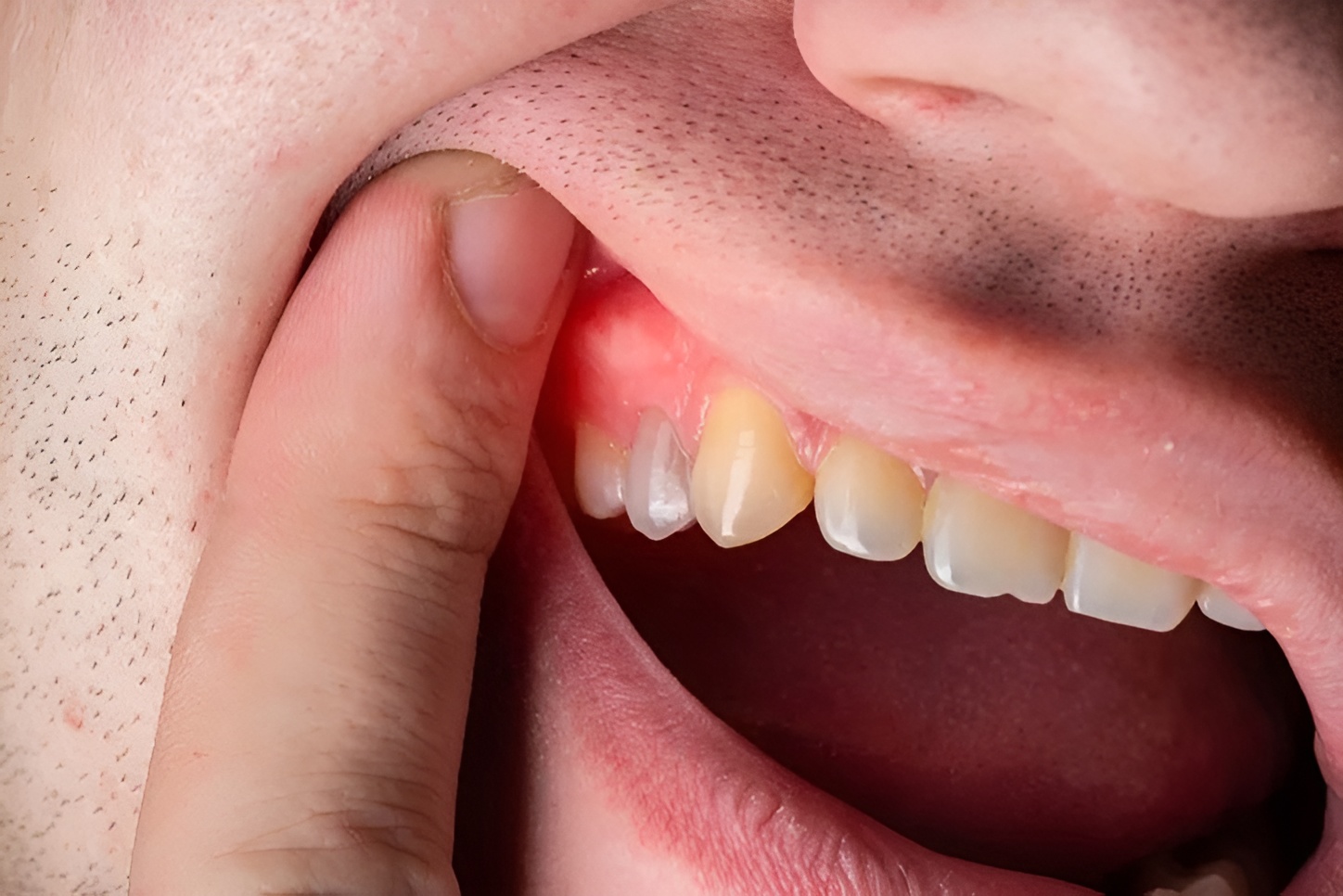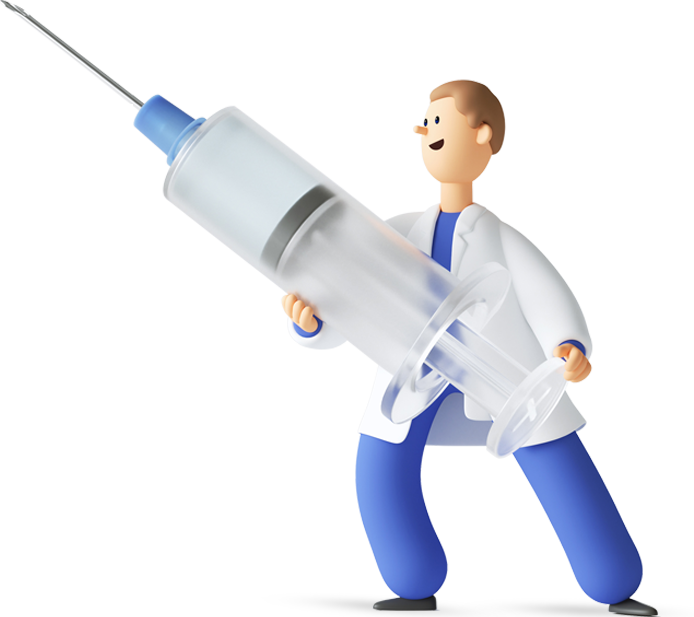
Table of Contents
- Introduction
- Understanding Gum Disease
- Non-Surgical Treatments for Gum Disease
- Surgical Treatments for Advanced Gum Disease
- Emerging Treatments and Alternative Therapies
- Preventative Care: How to Avoid Gum Disease
- When to Seek Treatment and What to Expect
- Taking Control of Your Gum Health
- Frequently Asked Questions (FAQs)
Introduction
Gum disease, also known as periodontal disease, is a common yet serious condition that affects the gums and, if left untreated, can result in tooth loss. Caused by the buildup of plaque and bacteria around the gums, gum disease ranges in severity from mild gingivitis to advanced periodontitis. This article explores the various treatments for gum disease to help you make informed decisions about your oral health.
Understanding Gum Disease
What is Gum Disease?
Gum disease begins with inflammation of the gums, known as gingivitis. If untreated, it can progress to periodontitis, where the gum tissue pulls away from the teeth, creating spaces that can become infected. Left unchecked, this infection can damage the bone structure that supports the teeth, leading to tooth loss.
Causes and Risk Factors
A variety of factors contribute to gum disease, including poor oral hygiene, smoking, genetics, certain medications, and chronic conditions like diabetes. Understanding these risk factors is crucial in preventing the disease before it becomes severe.
Symptoms and Stages
Gum disease progresses through several stages. In the initial stage, gingivitis, symptoms may include swollen or bleeding gums. As the disease advances to periodontitis, more severe symptoms such as receding gums, bad breath, and loose teeth may appear. Recognizing these signs early on is essential for effective treatment.
Non-Surgical Treatments for Gum Disease
Professional Dental Cleaning
Routine dental cleanings are a foundational step in preventing and managing gum disease. During these cleanings, dental professionals remove plaque and tartar buildup, which can irritate the gums and lead to infection if not addressed.
Scaling and Root Planing
For patients with more advanced gum disease, a deep cleaning procedure called scaling and root planing may be recommended. Scaling removes plaque and tartar from below the gumline, while root planing smooths the tooth roots, helping the gums reattach to the teeth and reducing pockets where bacteria thrive.
Antibiotic Therapy
Antibiotics can effectively reduce the bacterial load in the mouth, aiding in the treatment of gum disease. Depending on the severity of the infection, antibiotics may be applied directly to the gums or taken orally.
Surgical Treatments for Advanced Gum Disease
Flap Surgery (Pocket Reduction Surgery)
For cases where deep pockets have formed between the teeth and gums, flap surgery may be necessary. During this procedure, the dentist lifts the gums to remove tartar buildup and then secures the gums back in place, reducing the space where bacteria can grow.
Soft Tissue Grafts
Soft tissue grafts are recommended for patients with significant gum recession. A small piece of tissue, often from the roof of the mouth, is grafted onto the affected area to cover exposed roots and restore the gum line.
Bone Grafts and Guided Tissue Regeneration
In more severe cases of periodontitis, bone grafts may be necessary to regenerate lost bone structure. Guided tissue regeneration, often used in conjunction with bone grafts, encourages natural bone regrowth by placing a special mesh between the bone and gum tissue.
Laser Therapy
Laser therapy is a minimally invasive treatment that targets diseased tissue while preserving healthy gum tissue. Laser treatments can be used to reduce bacteria, remove infected tissue, and encourage healing with minimal discomfort and a shorter recovery time.
Emerging Treatments and Alternative Therapies
Enzyme Suppression Therapy
Recent studies suggest that enzymes play a significant role in gum disease progression. Enzyme suppression therapy targets specific enzymes to reduce inflammation and slow the disease’s advancement, providing another layer of defense.
Host Modulation Therapy
Host modulation therapy focuses on altering the body’s response to bacterial infection. By reducing inflammation and modifying the immune response, this therapy can help manage gum disease in conjunction with traditional treatments.
Natural Remedies and At-Home Treatments
While professional treatments are necessary for managing gum disease, some natural remedies may offer supplementary benefits. Saltwater rinses, oil pulling, and aloe vera gel are popular at-home treatments for reducing inflammation and bacterial growth.
Preventative Care: How to Avoid Gum Disease
Brushing and Flossing Techniques
Good oral hygiene is the first line of defense against gum disease. Brushing twice a day and flossing daily helps remove plaque and prevent the buildup that leads to gum disease.
Importance of Regular Dental Check-ups
Regular dental check-ups are essential for early detection of gum disease. Dentists can identify issues before they worsen, making treatment easier and more effective.
Healthy Lifestyle Choices
A balanced diet rich in vitamins and minerals supports gum health. Additionally, avoiding tobacco products and managing stress can significantly reduce the risk of developing gum disease.
When to Seek Treatment and What to Expect
Signs You Need Professional Help
If you experience symptoms like persistent bad breath, receding gums, or loose teeth, it’s time to consult a dentist. Early intervention can prevent the need for more invasive treatments later.
What to Expect During Treatment
The treatment process for gum disease typically begins with a thorough examination, including X-rays and a periodontal assessment. Depending on the severity, your dentist will discuss the most suitable treatment options and any necessary follow-up care.
Taking Control of Your Gum Health
Maintaining healthy gums is achievable with proper oral hygiene, regular dental visits, and prompt treatment of early gum disease symptoms. By understanding the types of treatments for gum disease, you can take an active role in managing your gum health and preserving your smile for years to come.
Frequently Asked Questions (FAQs)
1. Can gum disease be cured?
Gum disease can be managed effectively, especially if caught early. However, advanced gum disease may require ongoing care to prevent further progression.
2. What’s the best treatment for gum disease?
The best treatment depends on the disease’s severity. Early stages may require only a dental cleaning, while advanced stages might need scaling, root planing, or even surgery.
3. Is gum disease painful?
Gum disease isn’t always painful in the early stages, which can make it hard to detect. As it progresses, you may experience symptoms like gum tenderness, bleeding, and tooth sensitivity.
4. Can I treat gum disease at home?
While home care is essential, professional treatments like scaling, root planing, and surgical procedures are necessary for advanced gum disease. However, natural remedies can help manage symptoms alongside professional care.
5. How can I prevent gum disease from returning?
Regular brushing, flossing, and dental check-ups are essential. Avoiding tobacco and maintaining a healthy diet can also help prevent the recurrence of gum disease.











